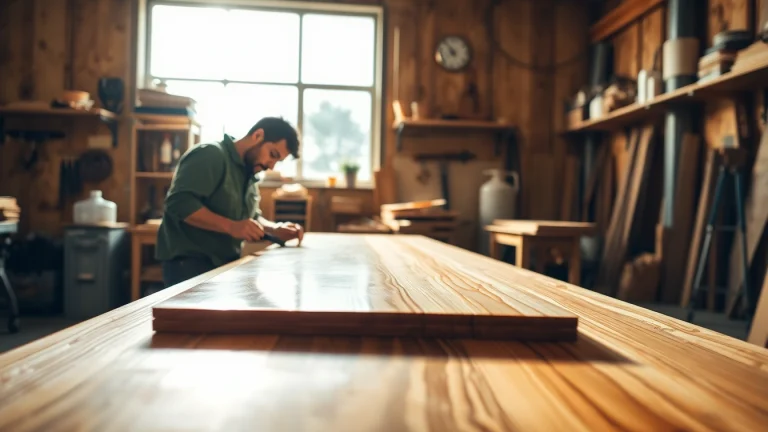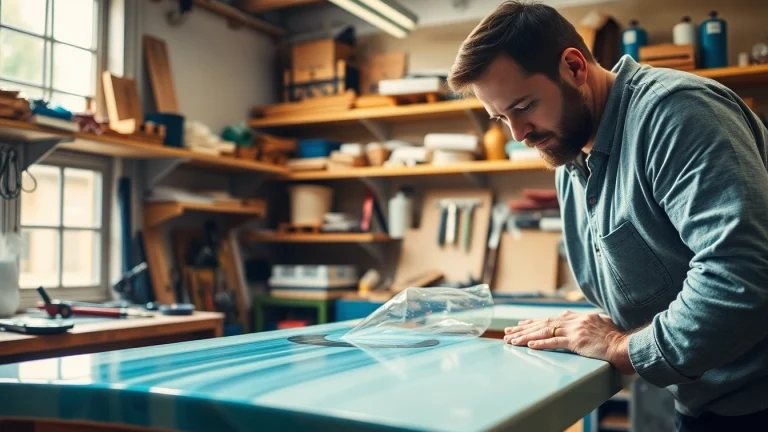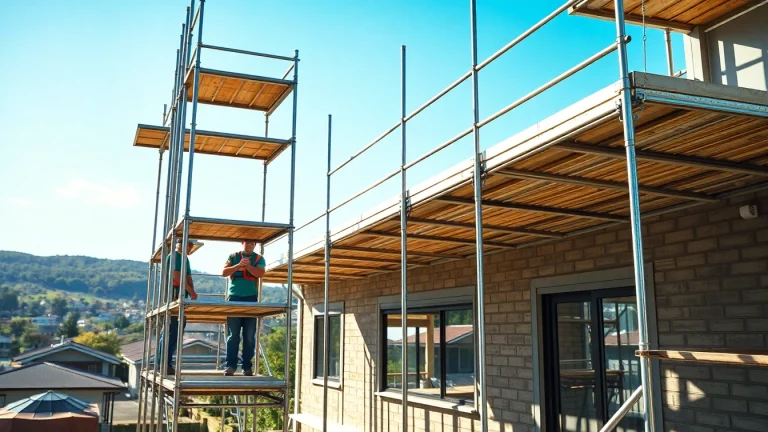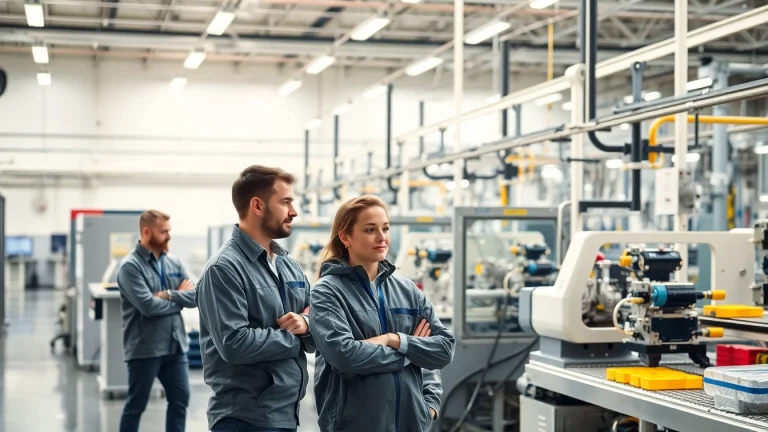
Mastering the Use of Laminating Resin for Superior Fiberglass Applications
Understanding Laminating Resin
Laminating resin is a crucial material in various industries, particularly in the construction of durable and lightweight structures. Known for its exceptional bonding capabilities, this resin is predominantly used in applications involving fiberglass, serving as a key component in the crafting of robust products like boats, sports equipment, and architectural elements. Understanding the characteristics and functionalities of laminating resin can significantly enhance the quality of the end products. This comprehensive guide delves into what laminating resin is, its types, and its numerous applications.
What is Laminating Resin?
Laminating resin is a type of synthetic resin designed for use in the lamination process. This process involves layering materials together to achieve enhanced structural integrity and performance. Generally, laminating resins fall into two main categories: polyester and epoxy. These resins, combined with glass fibers, create composite materials that offer improved strength-to-weight ratios, resistance to water, chemicals, and UV light.
Types of Laminating Resin
There are primarily two types of laminating resin widely used in both commercial and industrial applications:
- Polyester Laminating Resin: This is a cost-effective option, especially suited for applications like boat manufacturing and other outdoor structures. It is known for its fast curing time and good adhesion properties. Polyester resin is ideal for large-scale productions where speed and cost-efficiency are critical.
- Epoxy Laminating Resin: Although typically more expensive than polyester, epoxy laminating resin provides superior bonding strength and resistance to environmental factors. It is often used in high-performance applications, including aerospace and automotive industries, where durability and structural integrity are of utmost importance.
Applications of Laminating Resin
Laminating resin is versatile and can be found in various sectors, including:
- Marine: Used extensively in the construction of boats and other watercraft, it provides excellent strength and water resistance.
- Aerospace: In high-performance aircraft components, laminating resin contributes to low weight while maintaining high strength.
- Construction: Used in reinforcing structures and building materials, it enhances the durability of constructions.
- Sports Equipment: From bicycles to surfboards, laminating resin is integral in producing lightweight and resilient products.
Choosing the Right Laminating Resin
Selecting the right laminating resin is a critical decision that directly affects the quality and performance of the final product. Several factors should be considered during this selection process.
Factors to Consider
When choosing a laminating resin, consider the following:
- Application Requirements: Identify the specific requirements of your project, including desired strength, weight, and environmental resistance.
- Curing Time: Different resins have varying curing times, which can impact production schedules.
- Cost: Evaluate your budget. Polyester resins are generally more affordable, while epoxy resins offer more durability and performance.
- Environmental Conditions: Consider the conditions under which the end product will be used, such as exposure to moisture, chemicals, or UV radiation.
Comparing Laminating Resin and Epoxy Resin
While laminating resin often refers specifically to polyester resins, there is a broader category that includes epoxy resins. Here’s how they compare:
- Adhesion: Epoxy resins typically offer better adhesion and can bond to a variety of substrates.
- Flexibility: Polyester resins tend to be more flexible, making them suitable for applications where some degree of movement is expected.
- Heat Resistance: Epoxy resins can withstand higher temperatures, making them ideal for high-performance applications.
Common Misconceptions
There are several myths surrounding laminating resin that can lead to misunderstandings:
- All Resins are the Same: Different resins serve different purposes. Choosing the wrong type can lead to product failure.
- More Resin Equals Greater Strength: Using excess resin does not equate to improved strength; proper mixing ratios are crucial.
Best Practices for Using Laminating Resin
To maximize the effectiveness of laminating resin, adhere to best practices during the preparation, application, and curing processes.
Preparation Techniques
Proper preparation is essential for successful lamination. Follow these steps:
- Surface Preparation: Ensure surfaces are clean, dry, and free from contaminants to promote better adhesion.
- Mixing the Resin: Follow the manufacturer’s guidelines for mixing resin and hardener to achieve the desired chemical reaction.
Application Methods
Application techniques can significantly affect the outcome of your project:
- Brush and Roll: Ideal for small areas and detailed work, using a brush or roller ensures even distribution of resin.
- Squeegee Method: This technique helps in laying down multiple layers of fabric and resin quickly, promoting effective saturation.
- Vacuum Infusion: This advanced method uses vacuum pressure to draw resin into the fibers, ensuring uniform application and reduced porosity.
Curing and Finishing Tips
After applying the laminating resin, consider these curing and finishing tips:
- Temperature Control: Maintain an optimal curing temperature as specified by the manufacturer to ensure proper hardening.
- Post-Curing: Use post-curing techniques to enhance resin properties, especially in epoxy applications.
Challenges When Working with Laminating Resin
Working with laminating resin can present unique challenges. Understanding them can help you mitigate potential issues.
Common Issues and How to Avoid Them
Here are some common problems encountered and solutions:
- Air Bubbles: Prevent air bubbles during application by using proper technique and working under controlled conditions.
- Poor Bonding: Ensure surfaces are properly prepared, and adhere to the recommended mixing ratios for resin and hardeners.
Dealing with Environmental Factors
Environmental conditions can significantly affect the curing and performance of laminating resin:
- Humidity: High humidity can interfere with curing times and compromises the integrity of the resin. Work in a controlled environment when possible.
- Temperature: Lows can extend curing times, while highs can cause premature curing. Monitor environmental conditions closely.
Testing and Quality Assurance
Before full-scale production, implementing testing protocols is essential:
- Adhesion Tests: Conduct tests to ensure that the bond strength meets application requirements.
- Tensile Strength Tests: Assess the strength of the cured laminates to ensure they will perform as expected in the final application.
Future Trends in Laminating Resin Technology
The world of laminating resin is evolving with advancements aimed at improving performance, usability, and environmental impact.
Innovations on the Horizon
Several promising innovations include:
- Smart Resins: Incorporating sensors that monitor the curing process and environmental conditions in real-time.
- Bio-based Resins: Development of resins derived from renewable resources to reduce reliance on petroleum-based products.
Eco-friendly Laminating Resin Options
With growing concerns over environmental sustainability, eco-friendly alternatives are gaining traction. These resins are designed to minimize ecological impact while maintaining performance.
Market Forecasts and Expectations
The laminating resin market is expected to grow significantly due to rising demands across multiple sectors. Innovations coupled with increased environmental awareness will likely drive further advancements in this field.


